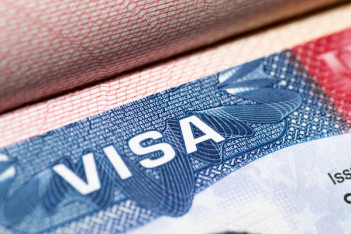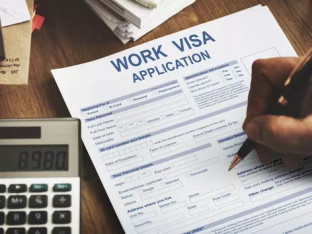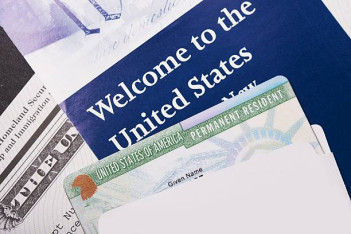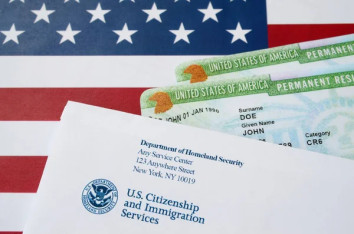Legal Basis for Naturalization in the U.S.
Ending up being a United State resident with naturalization is one of one of the most purposeful steps in migration regulation. For many residents, completing the US citizenship application opens the door to new rights-- voting, getting an U.S. passport, and full lawful defense.
The structure of this procedure hinges on the Migration and Race Act (INA) and is overseen by USCIS via form n-400. This certification gathers personal, background, and migration information to make certain that each candidate satisfies the stringent lawful requirements for citizenship.
Filing it correctly isn’t just administrative — it’s a legal milestone. Understanding how to apply for US citizenship and following every procedural step helps ensure a smooth transition from permanent resident to citizen.
What Form N-400 Asks — The Essentials
Before beginning the application for US citizenship, it’s important to know what information is required.
Be ready to provide the following:
- Personal and address history — every residence, job, and date matters.
- Proof of your green card and travel records — even short trips abroad count.
- Family, employment, and tax documentation — accuracy is key.
- Any previous legal or immigration issues — honesty prevents future denials.
Once the form is completed, you’ll schedule biometrics, pay the US citizenship application fee, and prepare for your interview and civics test.
Step-by-Step — How the Process Usually Flows
The US naturalization process has several defined stages, and each one matters:
- Eligibility Check — confirming residency (3–5 years), moral character, and physical presence.
- File Form N-400 — submit your documents, payment, and application package.
- Biometrics Appointment — fingerprints and photo verification.
- Interview and Tests — English and civics assessments.
- USCIS Decision — approval, denial, or request for additional evidence.
- Oath Ceremony — where you officially become a U.S. citizen.
Understanding the n-400 processing time helps manage expectations — it may take several months, depending on your location and USCIS workload.
What Really Trips People Up
Even certified applicants can encounter delays or rejections due to preventable mistakes. When completing your US citizenship application form, take notice of these usual concerns:
- Lengthy travel spaces-- extensive time outside the United State can interrupt constant house.
- Incomplete or inconsistent timelines — double-check every date.
- Unreported legal incidents — always disclose them with documentation.
- Interview anxiety — practice for the civics and English questions in advance.
By preparing thoroughly, you'll prevent the errors that trigger most naturalization application beings rejected.
ConclusionFiling the application for naturalization is a vital activity toward ending up being a United State individual. To remain clear of errors and hold-ups, it's needed to prepare all documents meticulously and submit the form n-400 application for naturalization on schedule. Expert legal aid can make the whole treatment smoother, extra clear, and a lot more trusted for every candidate.


































